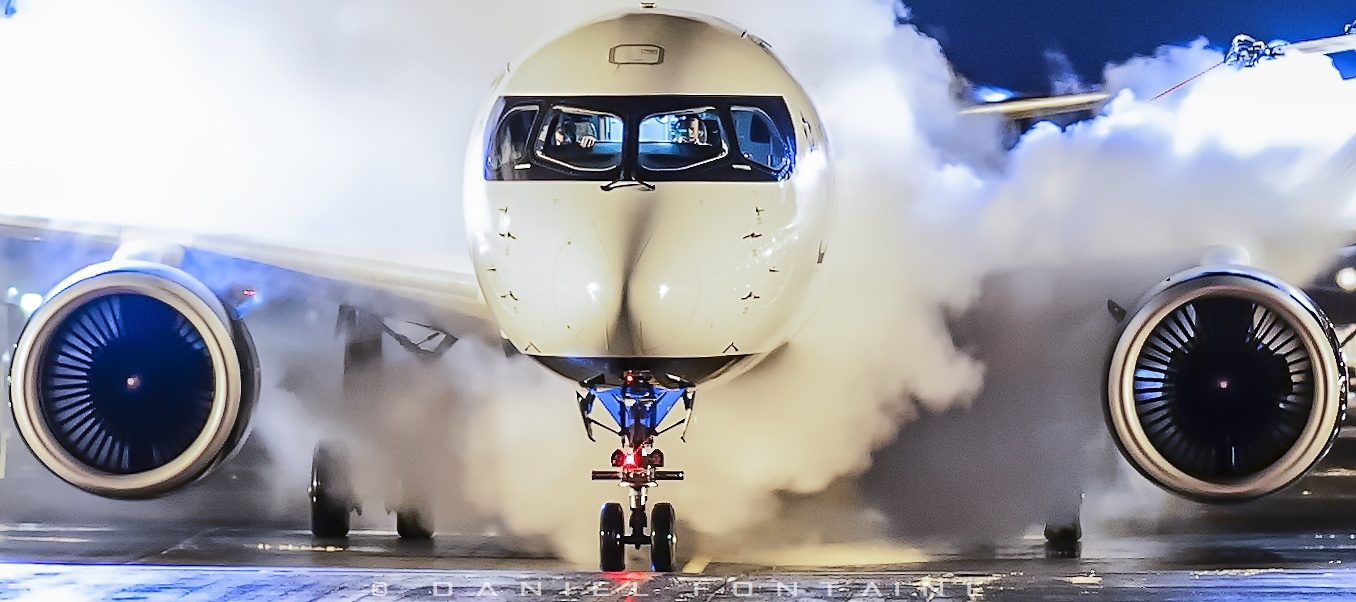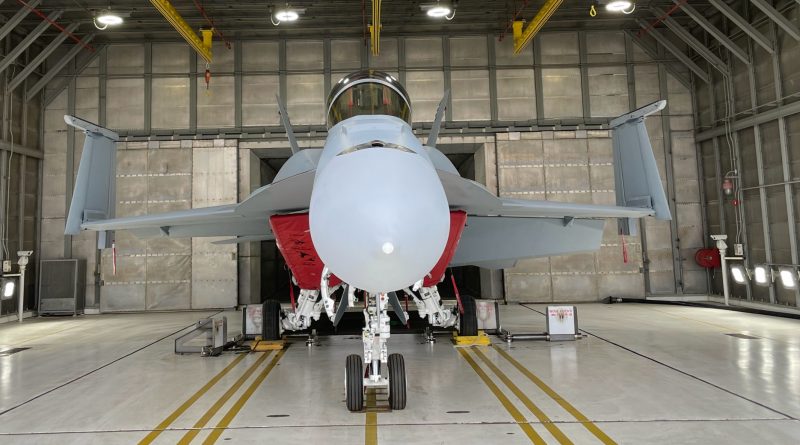Boeing’s Offer to Canada Is the Best
In 2022, the Canadian government should make its choice to replace Boeing’s CF-188 Hornets. This order is probably the last for fighter planes with pilots. The chosen aircraft will be in operation for the next 30 or 40 years. Making the right choice now is essential, because the financial consequences of this decision run into the tens of billions. Choosing the wrong plane could easily double the bill. Here’s why I think the F/A-18 Super Hornet is the best deal for Canada.
To Put an End to the Dumping Complaint episode
Since the filing of the dumping complaint against Bombardier and the C Series, the name of Boeing has infuriated many Candians and Quebecers. This is quite normal since it was unwarranted, if not ridiculous. In 2018, the US Department of Commerce ruled that there was no scope for the penalty.
Since that time, many in Canada are asking never do business with Boeing again. However, this attitude risks causing harm to the Canadian and Quebec aerospace industries. Boeing has 1,500 employees in Canada and purchases $2.3 billion from companies here. Héroux-Devteks is an excellent example of this, as its annual deliveries to the American giant are close to $100 million. The aerospace industry is a global industry, and the Quebec cluster is part of it. If Boeing were to cease all operations tomorrow morning, thousands of people in Quebec and Canada would lose their jobs.
It is perfectly legitimate to want to make Boeing pay the price for the affront of 2017. But it is important to know how to measure the response so as not to shoot yourself in the foot. Forcing the company into greater economic spinoffs in Canada is arguably a good way to get there.
The Economic Offset
Boeing offers $60 billion in economic offset for Canada if the Super Hornet is chosen. In 2018, the manufacturer approached L3 Harris to assemble the Canadian fighters in Mirabel. But it was L3 Harris who declined the offer, preferring to focus on maintenance. If the F/A 18 Super Hornet is selected, L3 Harris will take care of the maintenance. Over the life of the aircraft, this portion of the contract represents $10 billion to $20 billion.
In addition, Boeing is committed to making Canada fully self-sufficient with the Super-Hornet. This means that in the medium term, the country will be able to maintain and modify its planes on its own. This is the equivalent of ceding the intellectual property on the type.
SAAB also offers to assemble the planes in Canada, in the Maritimes, as well as to assign the intellectual property. In addition, the manufacturer is committed to creating a Gripen Center of Excellence in Montreal. I have no doubt about the Swedish manufacturer sincerity. However, its industrial footprint in Canada and its network of suppliers are significantly inferior to its two competitors. It would take years for him to get close.
Lockheed Martin still refuses to the maintenance of the F-35s in Canada and refuses to cede intellectual property. This is a significant weak point in its offering. So whether Canada chooses the F-35 or not, the economic benefits will be the same. In fact, we are still a partner of this program with more than $600 million invested.
Finally, I point out that SAAB would have approached Bombardier for the final assembly of the Gripen. But she too would have declined the manufacturer’s offer. So it seems that the manufacturers here have little interest in the final assembly of fighter jets.
Acquisition and Operating Costs
The price of a Super Hornet is $60 million * and it costs $18 000 per hour to operate according to its manufacturer. Also, since this is a version of the Hornet, there would be no need to change the compatible ground service equipment.
In the case of the Gripen, the price would be less than $60 million and its operating costs per hour remains difficult to identify. SAAB claims that of the three competing devices, the Gripen has the lowest operating costs. But that remains to be verified.
The F-35’s biggest drawback is its $80 million unit price and operating costs. Right now, it’s costing over $35 000 an hour to fly. Lockheed promises to reduce the bill to $25 000 by 2025. Note that the manufacturer has missed several reduction targets in the past. Plus, in the future you’ll have to pay top dollar for all upgrades and modifications.
Capacity
The F-35’s avionics and stealth are superior to its two competitors. Deployed with the F-22, it is a first strike and airspace dominance aircraft. The problem is that this does not fit with Canada’s traditional role when intervening in a military coalition. The country does not need this plane unless we intend to attack another country on our own.
The Super-Hornet is partially stealthy, and its avionics are capable of operating within NORAD and NATO. It provides all the operational capability that Canada needs.
The Gripen being European, it cannot operate within NORAD. It does not have the software to use part of the American arsenal reserved exclusively for North America. SAAB claims that is not a problem and that it will be able to obtain the necessary information. This is classified “Top Secret Defense” information that cannot be accessed by individuals outside of the United States. This is why. That Airbus and Dassault withdrew from the race. I don’t see how SAAB can get this information and Canada certainly won’t want to take the risk.
Conclusion
When I look at all the offers made to Canada, Boeing’s offer and the F/A-18 Super Hornet is the best. Some would say that this is an old, obsolete platform. But for me this is not a valid argument and let me explain: from a structural point of view, fighter jets are at the limit of what is possible at the moment. Nowadays, it is the avionics and the transported weaponry that make the difference. In this context, the Super-Hornet is a reliable aircraft that will be able to adapt to the systems of the future. The F-35 will also be able to evolve, but at what cost?
* Amounts expressed are in US dollars.
>>> Follow us on Facebook and Twitter


Airbus and Dassault withdrew cause they couldn’t integrate to other systems like ships and so on.
Some Canadian ships like Halifax-class use SAAB systems, CMS330 by Lockheed Martin Canada includes SAAB LV9 (CanACCS-9LV) so SAAB can offer integrations that Airbus and Dassault can not.
SAAB 9LV is operated by NATO members like Germany, Australia (>20 navies across the world operate 9LV).
We now know that Boeing is out of the Canadian figther jet replacement while F-35 Lightning II and Saab JAS 39 Gripen remains.
With the fighter jets, it’s not about Saab or any other foreign supplier being able to integrate the data. It’s about the USA accepting to share the information with foreign suppliers. There are two levels of security classification with the US defence. The Secret defence and the Top secret defence. Once and an armament or weapon system is classified Top secret defence, any information about it is not share with foreign countries or suppliers even within NATO. The only exception is Canada because of NORAD.
The best example is the F-22 Raptor that is not sold outside the USA because of its Top secret defence classification. Somme of the bombs and missiles use in the NORAD system are classified Top secret defence and it highly unprobeable the USA will accept to have the data share with a foreign supplier.